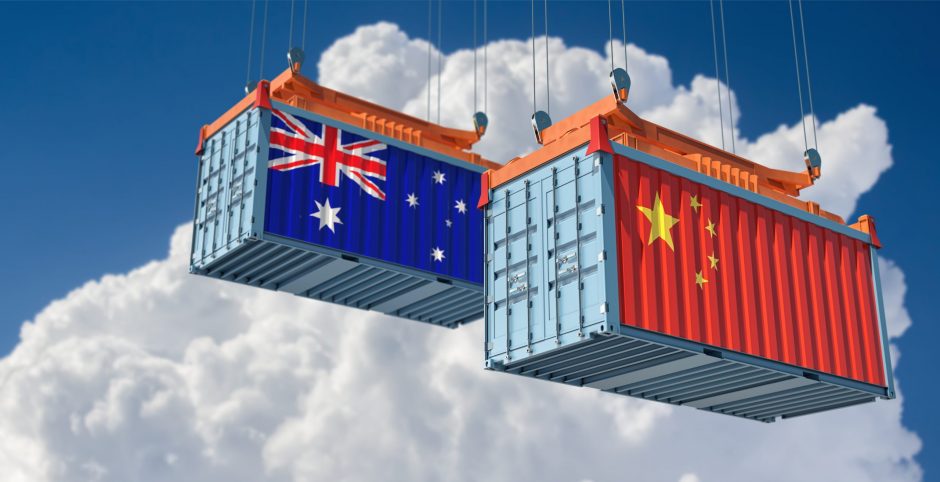A Troublesome Triad
Geopolitical Risks Amidst the Aus-NZ-China Tensions
The ongoing tensions between China, Australia and New Zealand create an environment of uncertainty and risk for organisations throughout the South Pacific. This article will briefly examine some aspects of geopolitical flux in the South Pacific, to provide you with a starting point for thinking about the risks in this space.
Despite our geographic isolation, New Zealand is not insulated from the forces of geopolitics. All we have to do is look across the Tasman or out to the Pacific Islands to see that power competition is, in fact, on our doorstep. Leaders within all sectors in Aotearoa have an opportunity to learn important lessons currently being learned the hard way by Australia and the Pacific Islands, and there are many.
As the Labour government works to establish the diplomatic capital of the new Minister of Foreign Affairs, Nanaia Mahuta, some immediate goals have become apparent. Patching up the shaky relationship with Canberra is a current priority, and the timing of the Trans-Tasman travel bubble’s long-awaited opening is perhaps no coincidence in this regard – never underestimate the power of people-to-people diplomacy. At the same time, Mahuta’s MFAT is setting the scene for its engagement with China moving forward, to varying degrees of success, and much to the ire of international media and so-called foreign policy ‘analysts’ who have been quick to misrepresent New Zealand’s strategic goals. It’s disinformation, misinterpretation, and narrative-shaping galore in the discourse on NZ foreign policy at the moment, so let us take a step back, look outward, and find some context.
In the past twelve months, Australia has been subject to comprehensive cyber attacks targeting its critical infrastructure, government services and political parties, alongside Chinese import bans on a plethora of its goods such as timber, grains, wine and rare metals. Simultaneously, Boeing Defense Australia, running the only Boeing production facility outside the U.S., announced that it will begin producing the Loyal Wingman drone platform for Canberra. Australian naval forces have also ramped-up exercises with allies in the South China Sea and Indian Ocean, while working to solidify the QUAD security framework. Meanwhile, in recent years the Solomon Islands shifted their diplomatic recognition from Taiwan to China in exchange for lucrative economic and infrastructural deals, and Vanuatu was “gifted” naval frigates by the Chinese.
Now, to the uninitiated this may all seem like five-dimension chess occurring in a different ocean or country, far from their daily life, their business, or their academic institution. The forces at play, within the political and economic context, and where it all may lead us tomorrow, or in two weeks or in six months, can be nigh impossible to comprehend. However, the impact of these often un-graspable forces on your business, your new piece of technology, or your new policy pathway is growing.
Considering this, ask yourself some key questions:
- Do we have a continuity plan for X shift in the security environment, or Y shift in the domestic political environment?
- Do we need to adjust the press release we planned for next week, due to recent diplomatic events shifting public sentiment of X country or Y company?
- We planned to source X technology from Y company that now appears to be linked to Z state military, have we fully calculated the risk of following through on this procurement?
Ultimately, organisations throughout the South Pacific are at increasing geopolitical risk. It can be difficult to connect the dots and identify your organisation’s current vulnerabilities, and even harder to foresee what ones may arise in the future. JC Ltd. will continue to monitor this situation and provide fresh perspectives, through accessible, timely insights into these risks and opportunities facing our organisations moving forward.



